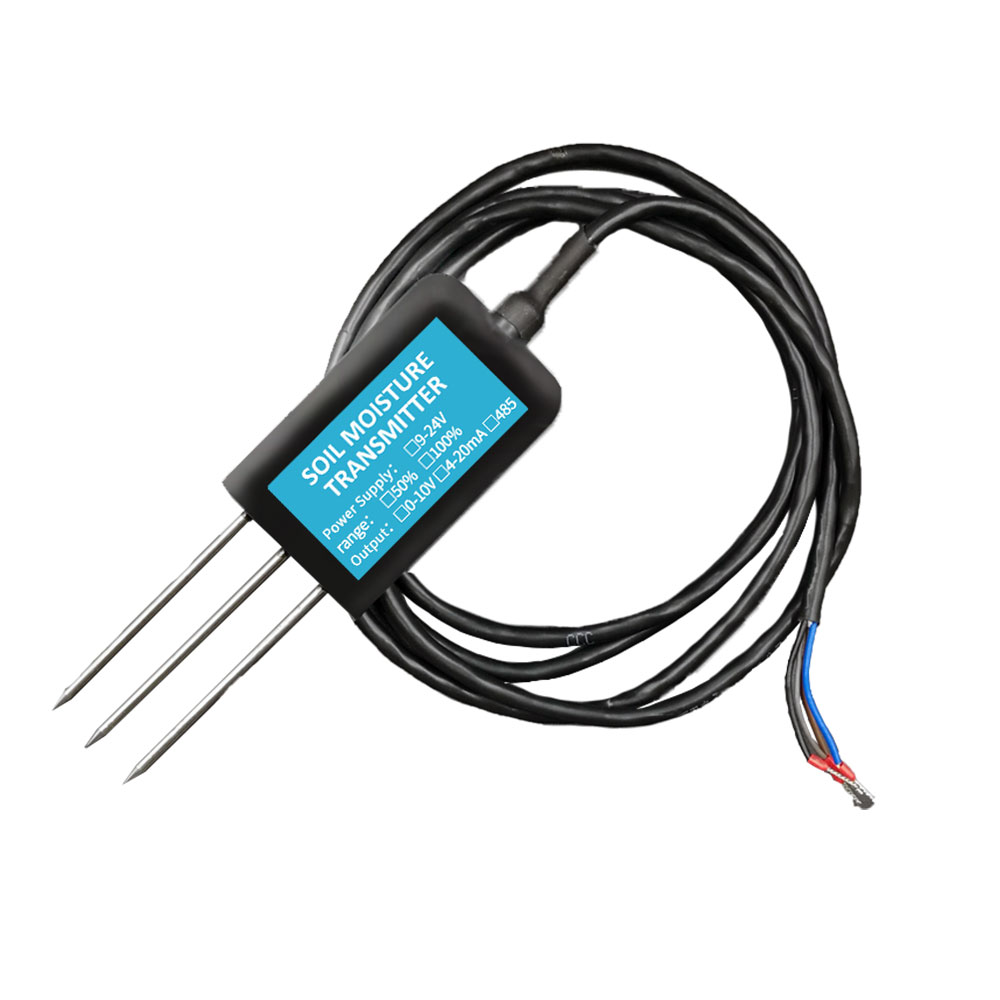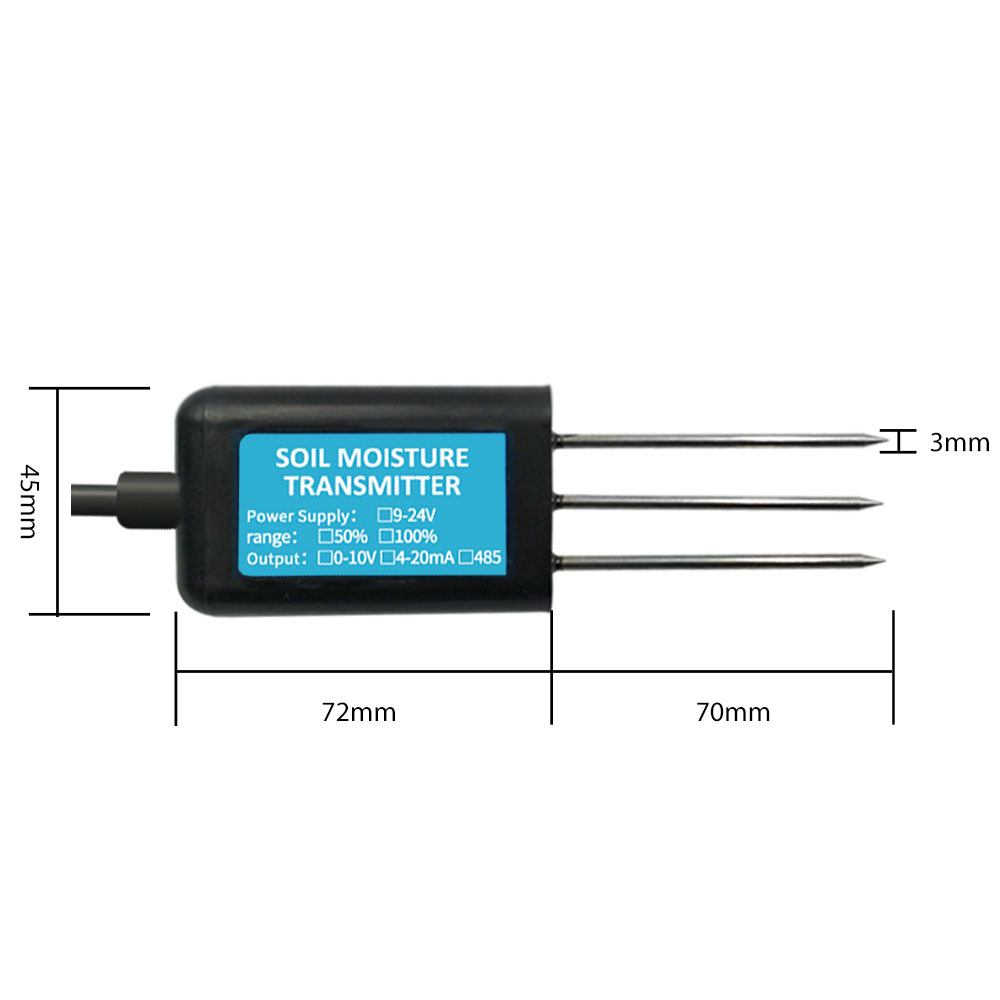In the face of a growing global population and the increasing demand for food, the challenge of achieving higher crop yields while ensuring sustainable agricultural practices has become more critical than ever. Traditional farming methods often lack precision and fail to optimize resource utilization, leading to inefficient crop production and potential environmental damage. However, advancements in technology, particularly the use of soil sensors, are revolutionizing modern agriculture by providing real-time data on soil conditions. This article explores the role of soil sensors in enhancing crop yield and sustainability, highlighting their benefits, applications, and future potential.

Understanding Soil Health:
Soil health is a fundamental pillar of successful and sustainable crop production. It encompasses various factors, including nutrient availability, moisture content, pH levels, and organic matter content. Historically, farmers relied on visual observations and manual soil sampling techniques, which were time-consuming and provided limited information. Soil sensors offer a revolutionary approach by continuously monitoring crucial soil parameters, allowing farmers to make data-driven decisions for optimal crop management.
How Soil Sensors Work:
Soil sensors are sophisticated devices that measure various soil properties at different depths, providing valuable real-time data on soil conditions. Equipped with probes or electrodes, these sensors are inserted into the ground to collect information. They can measure parameters such as soil moisture, electrical conductivity, temperature, and nutrient levels. The collected data is then transmitted wirelessly to a central system or farmer's mobile device, offering instant access to vital information about soil health and status.
Optimizing Irrigation Practices:
Water management plays a vital role in agricultural productivity and sustainability, especially considering the increasing scarcity of water resources globally. Over-irrigation not only wastes water but also leaches nutrients from the soil, leading to environmental pollution. Under-irrigation, on the other hand, can result in crop stress and reduced yields. Soil sensors enable farmers to optimize their irrigation practices by providing real-time data on soil moisture levels. Accurate measurements of water content allow farmers to determine when and how much water to apply, reducing water waste and ensuring optimal crop growth.
Precision Nutrient Management:
Proper nutrient management is essential for plant growth and maximizing yields. Soil sensors play a critical role in optimizing nutrient application by monitoring various soil parameters related to nutrient availability. For instance, some sensors can measure the electrical conductivity of the soil, which indicates the concentration of dissolved ions, including essential nutrients. By analyzing this data, farmers can determine the appropriate fertilizer application rates and timings, minimizing nutrient runoff and improving nutrient use efficiency.
Detecting Soil Compaction and Erosion:
Soil compaction and erosion pose significant threats to soil health and agricultural productivity. Traditional methods of assessing soil compaction relied on visual observation and manual inspection, which were subjective and time-consuming. Soil sensors provide a more accurate and efficient means of detecting compaction. These sensors can measure the resistance or density of the soil, allowing farmers to identify areas prone to compaction and take necessary remedial measures. Furthermore, sensors that monitor soil erosion can help farmers identify erosion-prone areas and implement effective erosion control strategies such as contour plowing or cover cropping.
Managing Soil pH and Organic Matter:
Soil pH and organic matter content are vital indicators of soil health. Imbalanced pH levels can affect nutrient availability and microbial activity, leading to decreased crop productivity. Soil sensors can measure pH levels, enabling farmers to make informed decisions about lime or other soil amendments. Similarly, sensors can also indicate organic matter content, which affects soil structure, water-holding capacity, and nutrient retention. Monitoring these parameters empowers farmers to implement practices that improve soil fertility and overall crop health.

Data-Driven Decision Making:
One of the most significant advantages of soil sensors is their ability to provide real-time data for informed decision-making. Continuous monitoring of soil conditions allows farmers to detect potential issues, such as water stress or nutrient deficiencies, before they escalate into severe problems. With accurate and timely information at their disposal, farmers can promptly adjust irrigation, nutrient application, and other management practices, optimizing crop growth, reducing input waste, and increasing overall productivity.
Future Potential and Challenges:
Soil sensor technolog







